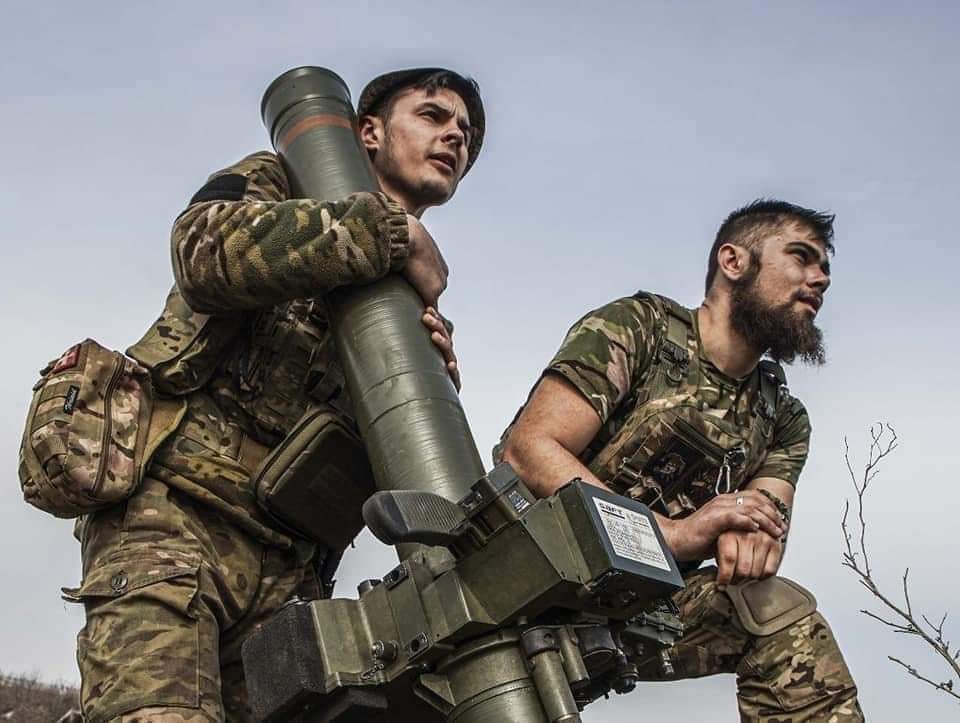Arms Trends in Ukraine: 16 June - 22 June, 2025
New investment projects, Ukraine’s insufficient ammunition production and the opening of production facilities in Europe

Good news for Ukraine’s allies: Ukraine is prepared to open defense production facilities abroad as early as this summer. The first sites will be established in European countries and potentially beyond, focusing on partners currently supporting Ukraine’s defense industry. Ukraine will provide the technology to manufacture weapons for both the needs of the Ukrainian Armed Forces and those of the host country. The priority areas include various types of drones, missiles, and potentially artillery.
Thus, host countries will gain access to Ukrainian technology and frontline-tested feedback, while production facilities will operate under relatively safe conditions, far from constant missile and drone attacks. However, the possibility of sabotage and Russian hybrid interference cannot be ruled out.
Thank you for reading and supporting my work!
Military Transfers to Ukraine
NATO is preparing to limit public disclosure of military aid for Ukraine, citing growing concerns that Russia is actively using open-source information for both propaganda and military advantage. “Everything discussed or said at press conferences ends up in [Russian] Telegram news feeds almost in real time,” a NATO official told The Moscow Times. “It gives the impression that they are following it even more closely than our own media.”
The policy will not reduce actual aid volumes. NATO has delivered over €20 billion in military assistance to Ukraine in 2025, including direct arms shipments and financing for defense production. However, future information releases will exclude system types and delivery schedules.
Earlier, in May, German Chancellor Merz announced that Berlin would reduce public disclosure of military aid to Ukraine, citing the need for “strategic ambiguity” to avoid giving Russia a tactical advantage. Under former Chancellor Scholz, the government of Germany regularly published detailed lists of weapons supplied to Ukraine. Read more about this in my newsletter here.
Additional news:
On June 22, the New Zealand Government announced $16 million in additional support for Ukraine. The support will go towards two $4 million contributions to funds for lethal and non-lethal military support, including the NATO Security Assistance and Training for Ukraine fund, and the UK and Latvia-led Drone Coalition for Ukraine. New Zealand will also provide $7 million in further humanitarian aid for conflict-affected communities in Ukraine, and $1 million for Ukrainians displaced in neighbouring countries.
The Czech government confirmed it would continue supplying artillery shells to Ukraine under its national initiative in 2026. The number of shells to be delivered next year has not been disclosed. Meanwhile, deliveries to Ukraine in 2025 are expected to reach a record 1.8 million rounds, funded by 11 participating countries and revenues from frozen Russian assets.
On June 17, Canadian Prime Minister Mark Carney confirmed that Canada will provide Ukraine with military aid worth over CAD 2 billion (US$1.48 billion), including "drones, helicopters, broader munitions," though he did not specify further details. Canada also announced sanctions against a number of individuals, over 40 entities in Russia, and beyond, that are trying to contribute to the evasion of sanctions. The sanctions will extend to over 200 vessels in the ‘shadow fleet’ that Russia is using to try to evade these sanctions.
Canada's government has yet to follow through on its pledge to send banned firearms collected through the federal buyback program to Ukraine. Despite a commitment made by the Trudeau government in December, no weapons have been donated to the war effort so far. A statement from Public Safety Canada says that more than 12,000 firearms have been bought back from businesses during the program's first phase, but the government is still working to determine which — if any — will be transferred to Ukraine.
Ukrainian troops have received the new MV-25 OSKAR loitering munition, developed by the French company KNDS France in cooperation with DELAIR and EOS Technologie. This drone is part of the MATARIS product line, which contains several models with varying flight ranges and purposes. Developers note that the MV-25 OSKAR has received positive feedback from the Armed Forces of Ukraine. Its development and implementation took only two years, while the first combat trials took place in June 2024.
Moscow will insist that Ukraine dismantle and destroy all Western-supplied weapons as part of any ceasefire deal, the Russian Deputy Foreign Minister said.
Ukraine’s MFA stated that Russia's absurd demands for the destruction of all weapons supplied to Ukraine show a complete disregard for the diplomatic efforts of the United States.
Domestic Production and Internal Affairs
Ukraine produces more artillery systems than 155mm shells.
Today, Ukraine produces one of the best self-propelled howitzers in the world—the 2S22 Bohdana. Ukraine now manufactures more 2S22 Bohdana units per month than France’s Nexter produces its CAESAR howitzers.
Keep reading with a 7-day free trial
Subscribe to Ukraine's Arms Monitor to keep reading this post and get 7 days of free access to the full post archives.



